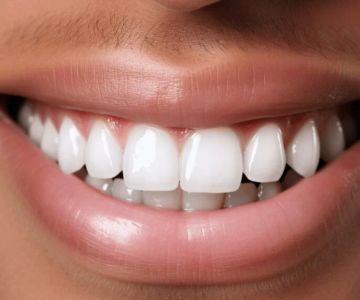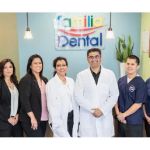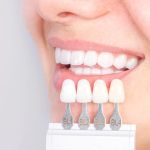The Relationship between Dental Anxiety and Oral Health Literacy
Dental anxiety is a widespread problem that affects individuals of all ages and genders. It not only causes discomfort and fear during dental visits but also has an impact on oral health-related quality of life (OHRQOL). Research has shown that there is a connection between dental anxiety and oral health literacy. Oral health literacy refers to an individual's ability to understand and act on information related to oral health.
Methods and Findings of the Study
This study involved participants of different ages, genders, and educational backgrounds. Data was gathered using various questionnaires, including the Modified Dental Anxiety Scale (MDAS), the Adult Oral Health Literacy Questionnaire (OHL-AQ), and the Oral Health-Related Quality of Life (OHRQOL) assessment. The results indicated that both dental anxiety and oral health literacy had a significant effect on OHRQOL. Individuals with higher levels of dental anxiety tended to have a poorer OHRQOL. However, there was no significant difference in the mean OHRQOL among the different categories of oral health literacy.
Gender and Age Differences in Dental Anxiety
When it comes to gender, studies have shown varying results. Some research found that women tend to have higher levels of dental anxiety, which may be related to their higher prevalence of mental health conditions such as anxiety, stress, and depression. Regarding age, younger individuals have been reported to have higher levels of dental anxiety compared to older ones in some studies, while others found no such age-related differences.
The Impact of Oral Health Literacy on Quality of Life
There is a significant correlation between oral health literacy and OHRQOL. Individuals with higher oral health literacy tend to have better oral health and a higher quality of life. However, some studies have found no such relationship, and the discrepancies could be due to differences in measurement tools, study designs, and sample sizes.
Limitations and Conclusions
The study had certain limitations, such as the specific methods used for data collection and the potential influence of other factors not accounted for. Despite these limitations, the conclusion drawn is that understanding the relationship between dental anxiety, oral health literacy, and OHRQOL is crucial. Oral health education can play a vital role in reducing dental anxiety and improving overall oral health and quality of life. By providing accurate and accessible information about oral health, individuals can make better decisions and have a more positive attitude towards dental care.
In summary, dental anxiety is a complex issue that is closely linked to oral health literacy and quality of life. Through effective oral health education, we can help individuals better understand and manage their oral health, reducing anxiety and improving their overall well-being.

 Westgate Dental Arts
Westgate Dental Arts Coventry Family Dental
Coventry Family Dental Familia Dental
Familia Dental Dr. Daniel S. Fife, DDS
Dr. Daniel S. Fife, DDS Dentistry At Suburban Square: Michael I. Wollock, DMD
Dentistry At Suburban Square: Michael I. Wollock, DMD Comfort Care Dental
Comfort Care Dental The Importance of Oral Health Education During Pregnancy for a Healthy Pregnancy
The Importance of Oral Health Education During Pregnancy for a Healthy Pregnancy Why Skipping Dental Checkups Can Lead to Bigger Oral Health Problems
Why Skipping Dental Checkups Can Lead to Bigger Oral Health Problems Advantages of Porcelain Dental Restorations
Advantages of Porcelain Dental Restorations Best Tips for Brushing Your Teeth Properly for Healthy Gums: Essential Techniques for Oral Health
Best Tips for Brushing Your Teeth Properly for Healthy Gums: Essential Techniques for Oral Health How Can Diabetes Cause Tooth and Gum Problems? Preventing and Managing Oral Health Issues
How Can Diabetes Cause Tooth and Gum Problems? Preventing and Managing Oral Health Issues Healthy Habits for Promoting Good Oral Health and Hygiene: Tips for a Healthy Smile
Healthy Habits for Promoting Good Oral Health and Hygiene: Tips for a Healthy Smile